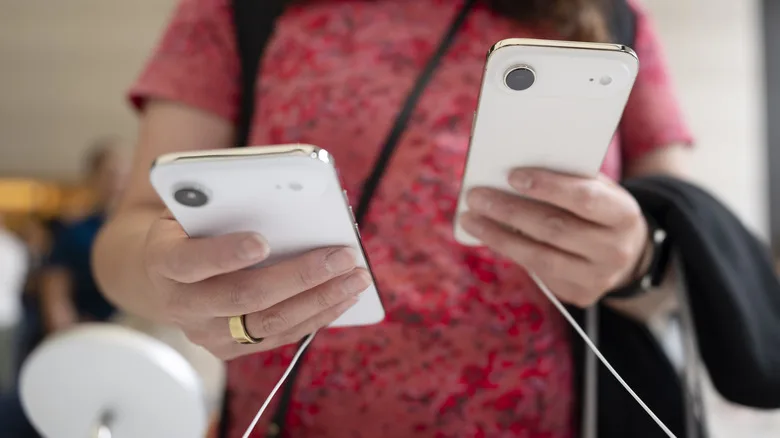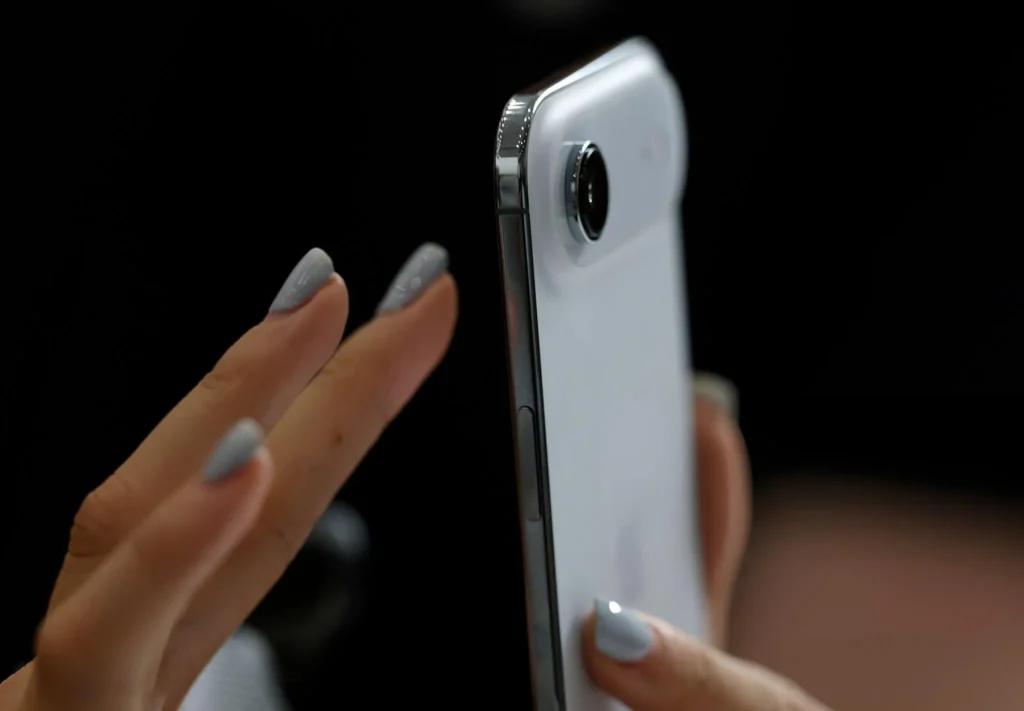Apple Cuts iPhone Air Production as Strategy Shifts

Table of Contents
Apple has made significant changes to its manufacturing plans for the iPhone Air just weeks after launch. The tech giant drastically reduced production orders due to weaker-than-expected demand, while increasing output for other iPhone 17 models that continue to perform well in global markets.
Production Slashed to Minimal Levels
Multiple supply chain sources confirm that Apple has cut iPhone Air production to near “end of production” levels starting November 2025. One supply chain manager revealed that production orders will drop to less than 10% of September’s volume. This dramatic reduction typically signals a product nearing the end of its lifecycle, despite the iPhone Air launching just over a month ago.
The component supplier manager stated the forecast has “almost entered end-of-production mode,” dropping significantly from earlier projections. Some components with longer lead times are expected to be discontinued by the end of 2025, with most suppliers reducing capacity by more than 80% by the first quarter of 2026.
Weak Demand Outside China
While the iPhone Air reportedly sold out within minutes at physical stores in Beijing and Shanghai during its delayed China launch, demand in Western markets remains tepid. The device has stayed immediately available for shipment across all colors on Apple‘s website since launch, while the iPhone 17 and iPhone 17 Pro show shipping delays of two to three weeks.
A KeyBanc Capital Markets survey revealed “virtually no demand for iPhone Air, and limited willingness to pay for a foldable”. The survey found that consumers continue favoring Pro and Pro Max models, with AI features yet to meaningfully influence buying decisions.

Strong Performance for Other Models
Despite the iPhone Air struggles, the overall iPhone 17 lineup performs exceptionally well. Apple increased production orders for the standard iPhone 17 by approximately 5 million units and added orders for the high-end iPhone 17 Pro models. The company maintains its production forecast of 85 to 90 million units for the entire iPhone 17 series.
Sales data from Counterpoint Research shows the iPhone 17 series outsold the iPhone 16 lineup by 14% during the first 10 days in the United States and China. The base iPhone 17 saw a remarkable 31% sales increase compared to its predecessor, while iPhone 17 Pro and Pro Max models recorded a 12% rise.
What Makes iPhone Air Different
The iPhone Air represents Apple‘s thinnest smartphone ever at just 5.6mm thick, weighing only 165 grams. It features a titanium frame with a 6.5-inch Super Retina XDR display supporting ProMotion technology with refresh rates up to 120Hz.
Powered by the A19 Pro chip with 12GB RAM, the device includes a 48-megapixel Fusion camera system and an innovative 18-megapixel Center Stage front camera. The phone supports Apple‘s new C1X modem and N1 networking chip with Wi-Fi 7 and Bluetooth 6 capabilities.
Starting at $999 for 256GB storage, the iPhone Air offers impressive specifications but makes notable compromises. It lacks an ultrawide lens, features a mono speaker instead of stereo, and has shorter battery life compared to iPhone 17 Pro models. Apple designed a $99 MagSafe battery pack specifically for the device to extend battery life up to 40 hours.

Market Context and Competitor Struggles
Apple‘s challenges with the iPhone Air mirror issues faced by Samsung with its Galaxy S25 Edge. Samsung reportedly canceled the Galaxy S26 Edge and halted Galaxy S25 Edge production after the device sold only 1.31 million units by August. In comparison, the Galaxy S25, S25 Plus, and S25 Ultra sold 8.28 million, 5.05 million, and 12.18 million units respectively during the same period.
Both companies appear to have overestimated consumer willingness to pay premium prices for ultra-thin devices that compromise on battery life and camera capabilities. The market response suggests customers prioritize functionality over form factor when spending over $1,000 on smartphones.
Apple Remains Industry Leader
Despite the iPhone Air setback, Apple stands out as the only top-five phone vendor maintaining its original production forecast. Samsung, Xiaomi, Vivo, and Oppo have all experienced sales declines amid weak macroeconomic conditions and volatile tariff environments.
A supply chain executive noted that iPhone 17 orders remain “stable and on track,” adding it’s “already a big relief” in the current market conditions. Apple even asked suppliers to prepare additional components in case demand exceeds expectations for the standard and Pro models. You can learn more by visiting our full breakdown here Meta Lays Off 600 Employees in AI Unit as Restructuring Deepens.
History of Fourth Model Struggles
The iPhone Air failure continues a pattern of unsuccessful attempts by Apple to establish a fourth model in its lineup. The company previously experimented with the 5.4-inch iPhone mini, which underperformed despite positive reviews. Apple then introduced the iPhone Plus as a more affordable large-screen option, but that also failed to gain traction.
Analyst Ming-Chi Kuo noted that existing iPhone 17 Pro and standard models already “cover the majority of high-end user demand,” leaving little room for new market segments. He stated that attempts with mini, Plus, and now Air models have “failed to gain traction”.
Looking Ahead
Industry observers suggest Apple may introduce yet another form factor as soon as 2026, with rumors pointing to a foldable iPhone as part of the iPhone 18 lineup. The iPhone Air was initially viewed as a strategic bridge to Apple‘s first foldable device, helping test ultra-thin technology before scaling it up.
Whether Apple continues the Air line or pivots to foldable technology remains uncertain. For now, the company focuses on models customers actually want, shifting resources toward the iPhone 17 and Pro variants that drive the majority of sales.




